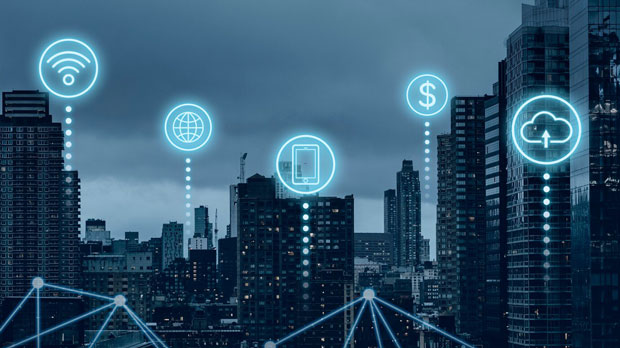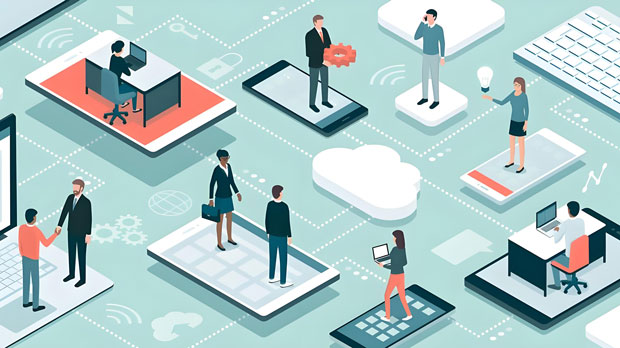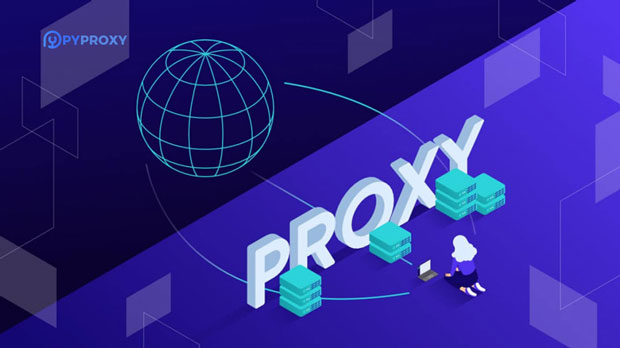In the digital era, managing multiple online accounts is becoming increasingly essential for businesses, marketers, and individuals looking to maintain a competitive edge. However, managing multiple accounts often comes with risks such as IP bans, account suspensions, or data leaks. This is where sock s5 proxies come into play, offering a secure and efficient solution for managing multiple accounts without being detected or blocked. SOCKS5 proxies provide anonymity, speed, and the ability to handle large-scale operations by masking IP addresses. In this article, we will analyze how SOCKS5 proxies are used in multi-account management, exploring various real-world use cases, their benefits, and how they can be applied to different industries and activities. What is socks5 proxy and Why is it Crucial for Multi-Account Management?SOCKS5 proxies are a type of proxy server that handles various types of internet traffic, offering high levels of anonymity and security. Unlike traditional HTTP/HTTPS proxies, SOCKS5 operates at a lower level in the network stack, making it more versatile and capable of handling a wider variety of protocols. This means that SOCKS5 proxies are ideal for applications where a higher degree of privacy and anonymity is required, such as multi-account management.When managing multiple accounts, businesses and individuals may need to use different IP addresses to avoid detection by websites or social platforms. SOCKS5 proxies allow users to rotate between multiple IP addresses, helping to keep the accounts anonymous and preventing them from being flagged for suspicious activity. This makes SOCKS5 proxies a crucial tool for anyone looking to operate multiple accounts on platforms such as social media, e-commerce sites, or online gaming services.SOCKS5 Proxy Use Cases in Multi-Account Management1. Social Media ManagementOne of the most common use cases for SOCKS5 proxies is in social media account management. Social media platforms like Facebook, Instagram, and Twitter have strict policies against the use of multiple accounts from a single IP address. If users are found to be using multiple accounts for activities like botting, spamming, or scraping, their accounts are often banned or restricted.Using SOCKS5 proxies, users can create multiple accounts and rotate their IP addresses to simulate different users. This allows them to safely manage multiple profiles without the risk of account bans. For businesses, this is especially useful for social media marketing campaigns, where managing several accounts for advertising, customer interaction, or content creation is a common practice.2. E-Commerce and Online RetailIn the e-commerce world, using multiple accounts is a common strategy for market research, product testing, and competitive analysis. However, many e-commerce platforms like Amazon and eBay monitor accounts for suspicious behavior, including frequent logins from the same IP address. SOCKS5 proxies help circumvent this limitation by providing unique IPs for each account, allowing businesses to test products, compare pricing, and track competitors without drawing attention.Additionally, for dropshipping or reselling businesses, managing multiple seller accounts is a necessary practice to reach different customer segments. SOCKS5 proxies ensure that these accounts are not flagged for being run from a single location, enabling smooth operation across multiple accounts.3. Online GamingOnline gaming is another industry where SOCKS5 proxies are widely used. Many gamers operate multiple accounts to take advantage of in-game advantages, such as farming resources, trading, or completing multiple missions simultaneously. Gaming platforms, however, often monitor accounts for unusual activity such as multiple logins from a single IP address or overlapping account logins.SOCKS5 proxies allow gamers to mask their true IP addresses and simulate different players, avoiding detection by anti-cheat systems and platform moderators. This enables players to operate multiple accounts without fear of being banned or flagged for suspicious activity.4. Web Scraping and Data CollectionWeb scraping is the process of extracting data from websites, and it is widely used in industries like research, marketing, and competitive intelligence. However, most websites employ security measures to detect and block scraping activities, such as limiting the number of requests that can be made from a single IP address within a certain timeframe.SOCKS5 proxies are perfect for web scraping because they allow users to rotate IP addresses, making the scraping process more efficient and less likely to be blocked. By using multiple SOCKS5 proxies, businesses can collect vast amounts of data without triggering the website’s anti-scraping defenses. This is particularly useful in competitive research, where businesses need access to real-time market data without interference.5. Ad VerificationFor digital marketers and ad agencies, verifying the placement and content of ads is essential for ensuring their campaigns are running effectively. However, checking ads across different regions can be challenging due to location-based ad targeting. By using SOCKS5 proxies, marketers can rotate IPs to simulate different geographic locations, allowing them to see how ads appear to users in various regions.This capability is especially important for global campaigns, where marketers need to ensure their ads are displayed as intended in different countries. SOCKS5 proxies help bypass geo-restrictions and ensure accurate ad verification without being blocked or flagged by the platform.Benefits of Using SOCKS5 Proxies for Multi-Account Management1. Enhanced Privacy and AnonymityThe primary benefit of using SOCKS5 proxies is the enhanced privacy they offer. Since SOCKS5 proxies mask the real IP address of the user, it becomes much harder for websites and platforms to track or identify the user’s location and activities. This is crucial when managing multiple accounts, as it prevents the accounts from being linked together, reducing the risk of bans or suspensions.2. Increased Efficiency in Account ManagementWith SOCKS5 proxies, users can easily switch between multiple IP addresses, ensuring that each account is treated independently. This allows for smoother and more efficient account management, especially for businesses handling large-scale operations. Whether it’s for social media campaigns, e-commerce strategies, or online gaming, SOCKS5 proxies simplify the process of managing multiple accounts simultaneously.3. Avoidance of Geolocation RestrictionsSome platforms restrict access to certain features or content based on the user’s geographic location. By using SOCKS5 proxies, users can simulate being in different regions, bypassing geo-blocks and accessing location-specific content. This is especially useful for businesses that want to conduct market research or verify ads in different countries.4. Scalability and FlexibilitySOCKS5 proxies are highly scalable, making them ideal for businesses that need to manage a large number of accounts. Whether the business is operating 10 or 1000 accounts, SOCKS5 proxies allow for easy IP address rotation and management. This scalability ensures that businesses can continue to grow without being limited by the number of IPs available for their operations.Conclusion: The Strategic Advantage of SOCKS5 Proxies in Multi-Account ManagementIn conclusion, SOCKS5 proxies provide a highly effective and secure solution for managing multiple online accounts. By offering enhanced anonymity, scalability, and the ability to bypass geolocation restrictions, SOCKS5 proxies enable businesses and individuals to operate multiple accounts without the risk of detection or bans. Whether in social media management, e-commerce, gaming, web scraping, or ad verification, SOCKS5 proxies are an essential tool for anyone looking to maximize efficiency and ensure the safety of their online activities. Investing in SOCKS5 proxies is a strategic move that provides long-term benefits for businesses looking to stay ahead in a competitive digital landscape.
Nov 13, 2025



































































